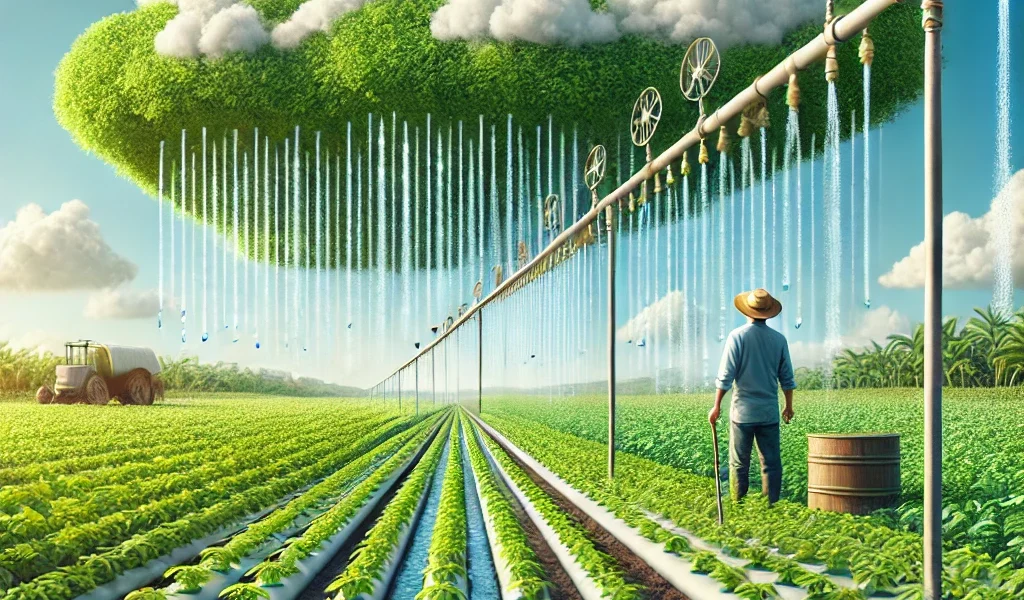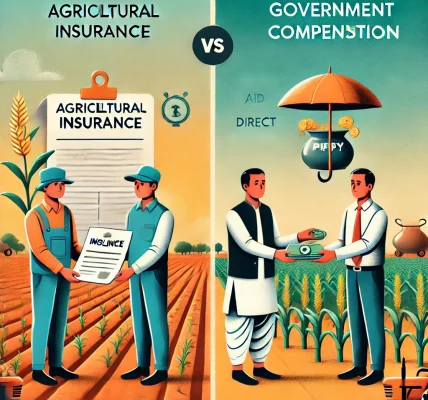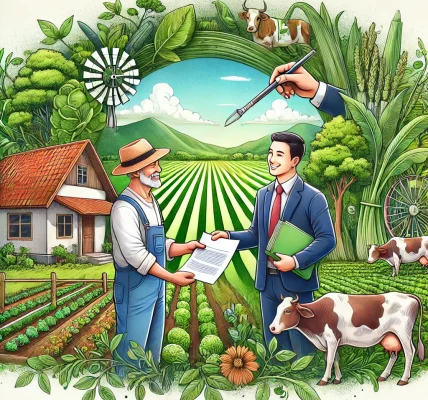Government Incentives for Drip Irrigation and Water Conservation: A Comprehensive Guide
Introduction
Water is a crucial resource for agriculture, but its scarcity and inefficient usage have led to significant challenges for farmers. To promote sustainable water management, the government has introduced several incentives and schemes for drip irrigation and water conservation. These initiatives help farmers increase crop yield, reduce water wastage, and lower costs.
In this guide, we will explore government incentives, eligibility criteria, and step-by-step application procedures to help farmers take advantage of these schemes without the need for agents or intermediaries.
Step 1: Understanding Government Incentives for Drip Irrigation
Drip irrigation is a water-efficient method that delivers water directly to the plant’s roots, reducing evaporation and runoff. The government offers various subsidies and financial assistance to encourage farmers to adopt this technology.
Key Government Schemes for Drip Irrigation:
1. Pradhan Mantri Krishi Sinchayee Yojana (PMKSY)
- Objective: Promote efficient water use and irrigation expansion.
- Benefit: Provides subsidies of 55% (small/marginal farmers) and 45% (others) for drip irrigation.
- How to Apply: Farmers can apply through state agriculture departments or the PMKSY portal.
2. Micro Irrigation Fund (MIF) under NABARD
- Objective: Improve irrigation coverage through drip and sprinkler irrigation systems.
- Benefit: Offers low-interest loans for installing drip irrigation.
- How to Apply: Farmers can apply through banks, NABARD offices, and agricultural cooperative societies.
3. State-Specific Drip Irrigation Subsidies
- Many states offer additional subsidies up to 90% based on crop type and farmer category.
- Example: Tamil Nadu Micro Irrigation Scheme, Maharashtra Drip Irrigation Subsidy.
- Farmers should check with their state agriculture department for eligibility.
Step 2: Government Incentives for Water Conservation
1. Atal Bhujal Yojana (ABY)
- Objective: Encourage groundwater conservation in water-stressed regions.
- Benefit: Provides grants and subsidies for water recharge projects.
- How to Apply: Farmers can collaborate with local authorities or apply through the ABY portal.
2. Jal Shakti Abhiyan
- Objective: Promote rainwater harvesting and efficient water use.
- Benefit: Funding and technical support for pond construction and water storage systems.
- How to Apply: Farmers can seek assistance from district-level agricultural officers.
3. Mahatma Gandhi National Rural Employment Guarantee Act (MGNREGA)
- Objective: Supports farm pond construction and watershed development.
- Benefit: Provides 100% government funding for eligible farmers.
- How to Apply: Applications can be made through Gram Panchayats and Rural Development Offices.
Step 3: Eligibility Criteria
To qualify for these schemes, farmers must meet basic eligibility requirements:
- Must be a registered farmer with valid land ownership documents.
- Should have an Aadhaar-linked bank account.
- Must belong to an eligible category (small/marginal farmers get higher subsidies).
- Some schemes prioritize farmers in drought-prone or water-scarce regions.
Step 4: Required Documents
Farmers should prepare the following documents before applying:
- Aadhaar Card (Identity proof)
- Land Ownership Papers or Lease Agreement
- Bank Account Details with IFSC Code
- Crop Details and Water Usage Plan
- Quotation from Approved Drip Irrigation Suppliers (for subsidy claims)
Step 5: How to Apply Without an Agent
Farmers can apply for government incentives without paying agents by following these steps:
Online Application Process
- Visit the Official Portal:
- https://pmksy.gov.in for PMKSY subsidies.
- State Agriculture Department websites for state-specific programs.
- Register using Aadhaar-linked mobile number.
- Fill out the application form with farm and irrigation details.
- Upload required documents and submit.
- Track application status online using the reference number.
Offline Application Process
- Visit the nearest Common Service Center (CSC) or Agriculture Department Office.
- Request an application form for the relevant scheme.
- Fill out the form and attach the required documents.
- Submit the form to the designated officer.
- Collect the acknowledgment receipt for tracking progress.
Step 6: Claiming Benefits and Subsidies
Once approved, farmers receive benefits as follows:
- Direct Benefit Transfer (DBT): Subsidies credited directly to the farmer’s bank account.
- Equipment Subsidy: Partial reimbursement of drip irrigation system costs.
- Technical Support: Free training on efficient water use.
Legal Precautions to Avoid Fraud
- Apply only through official government portals.
- Do not share Aadhaar OTP or banking details with unknown persons.
- Beware of fake agents demanding upfront payments for faster processing.
- Keep copies of all submitted documents and application receipts.
Conclusion
Drip irrigation and water conservation are essential for sustainable farming, and the government provides significant financial support to help farmers adopt these methods. By applying independently, farmers can avoid unnecessary agent fees and ensure a smooth, transparent process.
To stay updated on new schemes, farmers should regularly check official government websites and consult local agricultural officers.
Did you find this guide useful? Share it with fellow farmers to help them benefit from government incentives!




